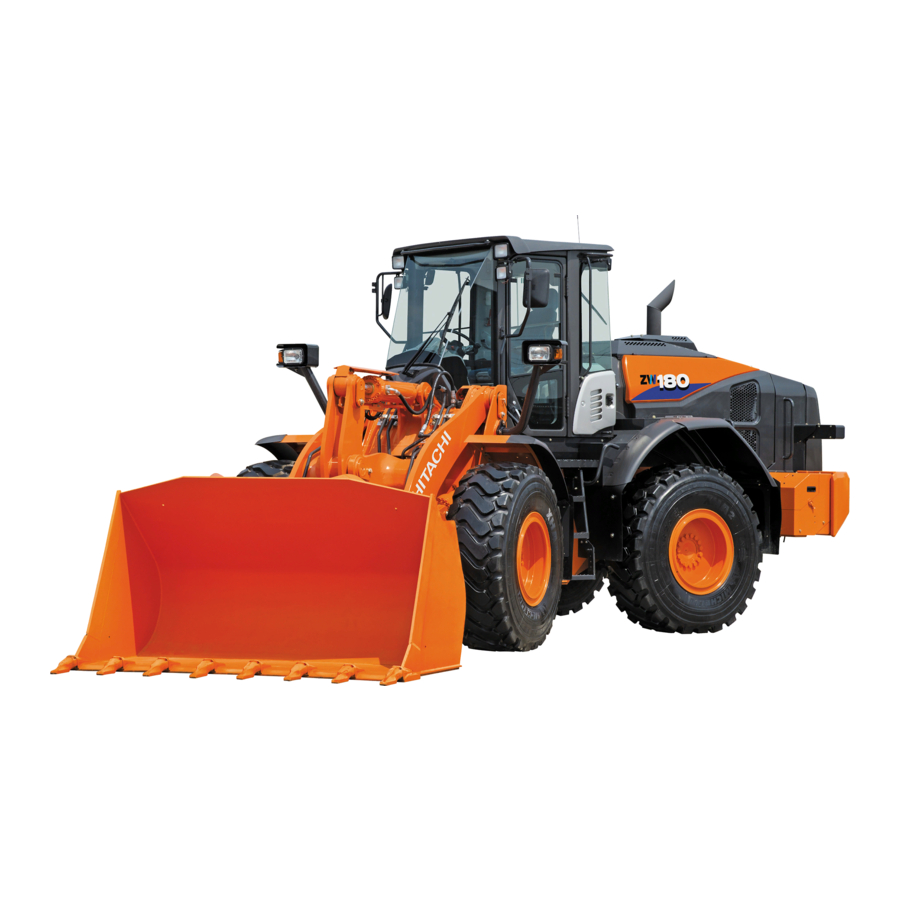
Hitachi ZW180 Operator's Manual
Wheel loader
Hide thumbs
Also See for ZW180:
- Technical manual (374 pages) ,
- Manual (11 pages) ,
- Technical manual (558 pages)






Need help?
Do you have a question about the ZW180 and is the answer not in the manual?
Questions and answers